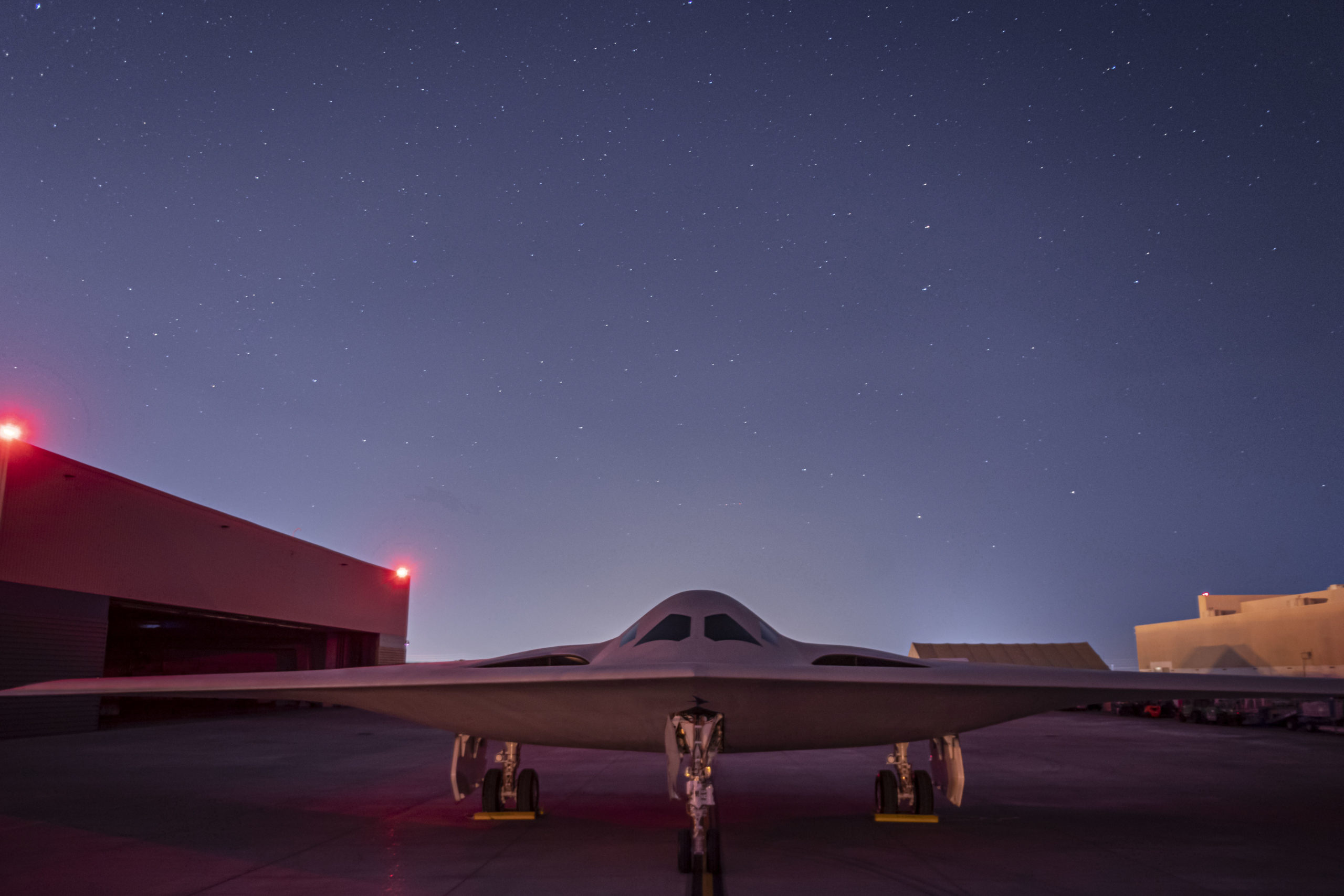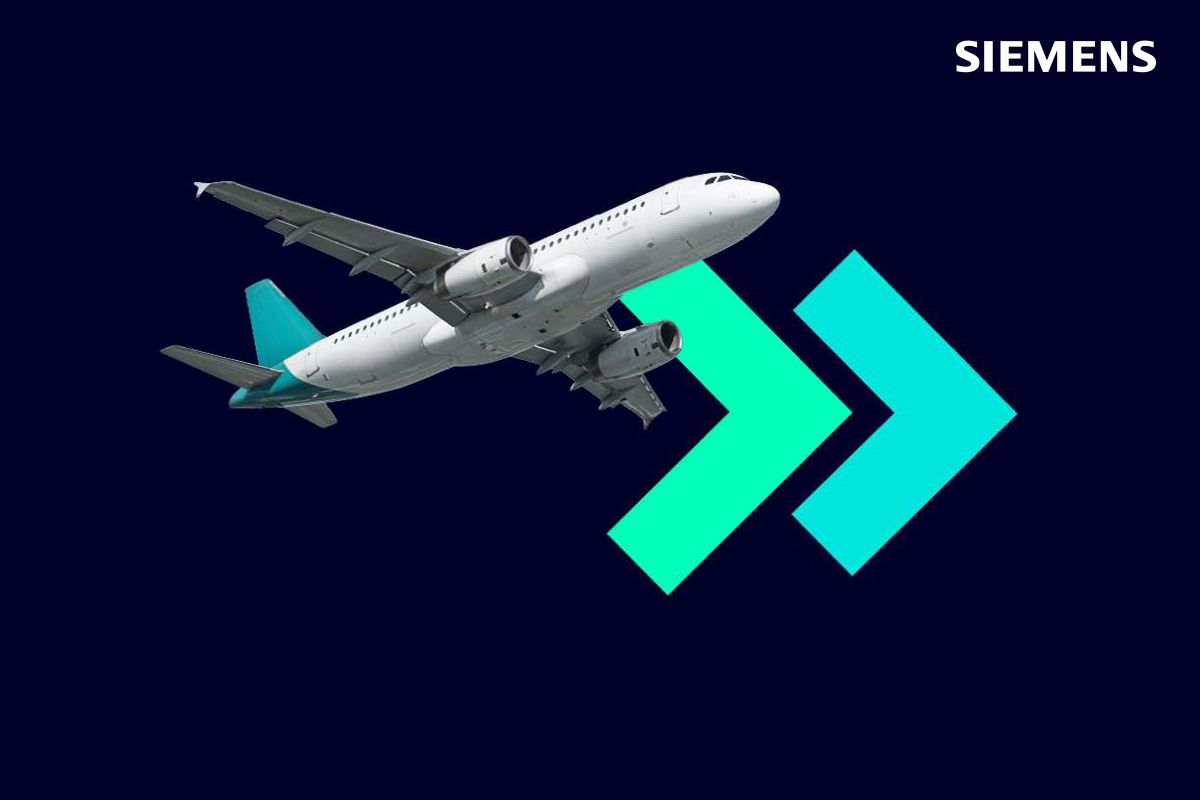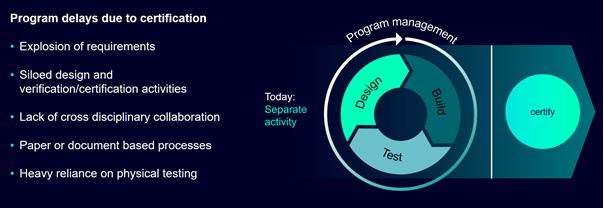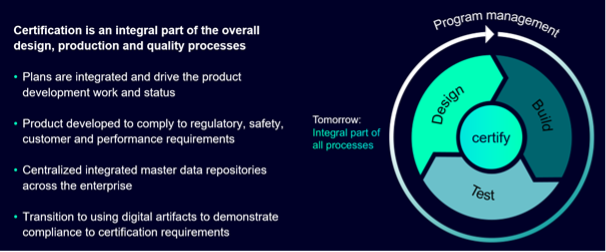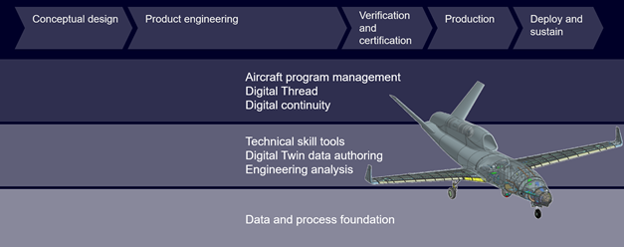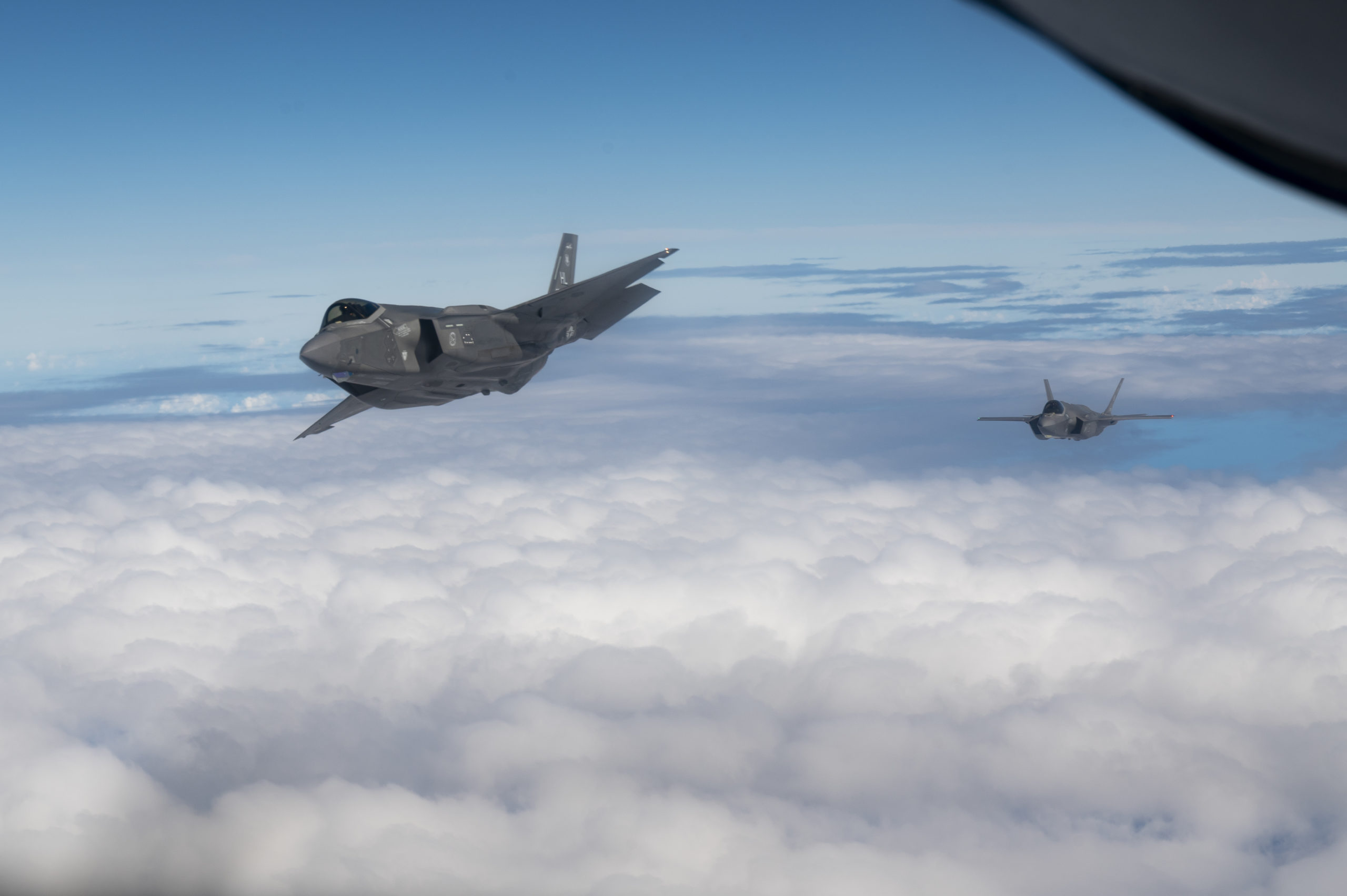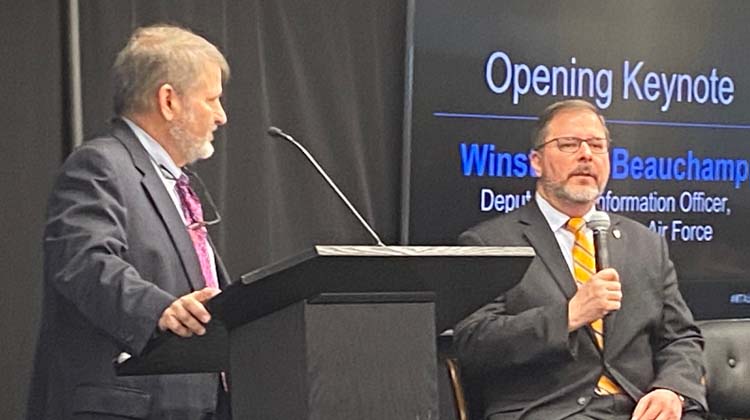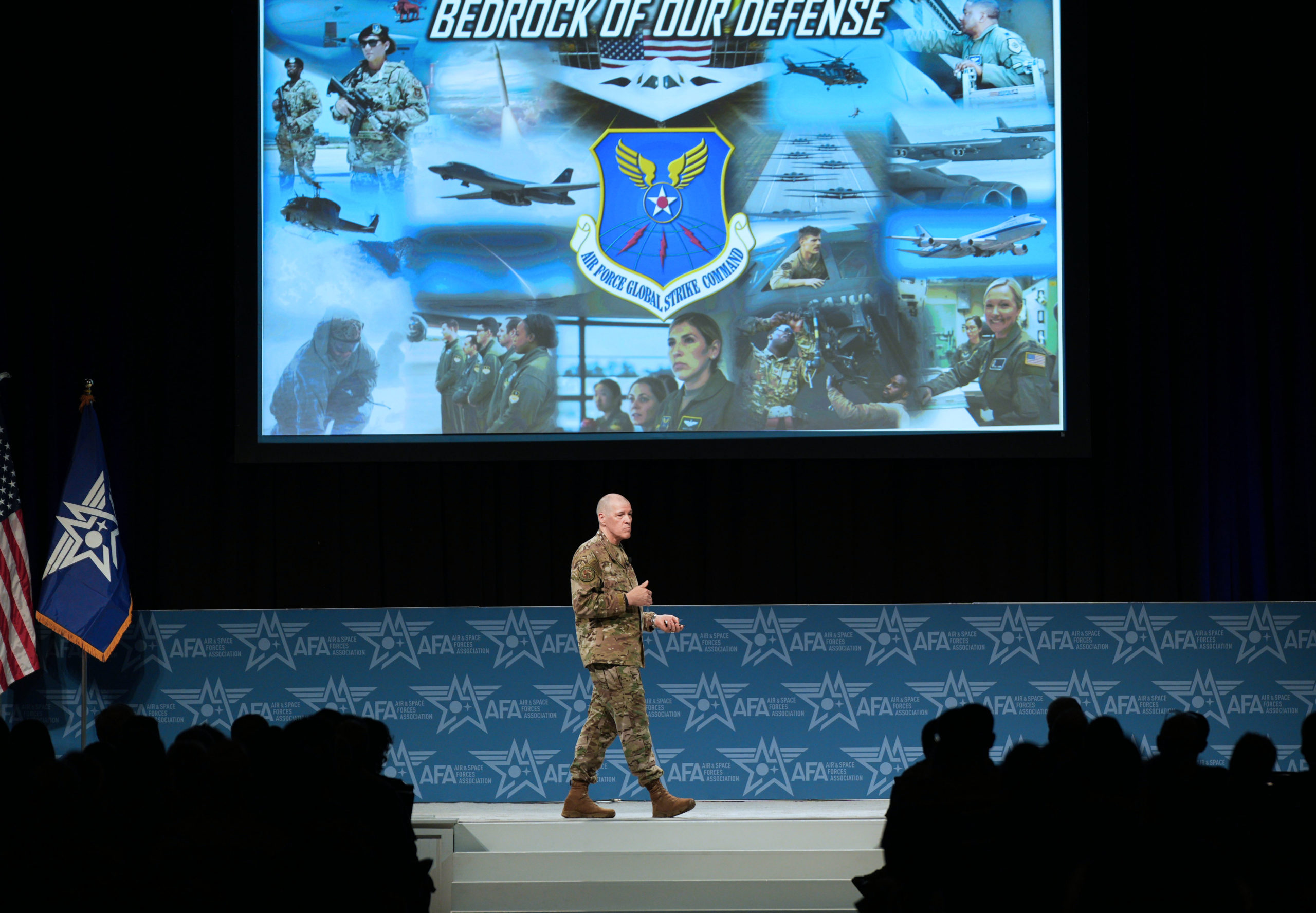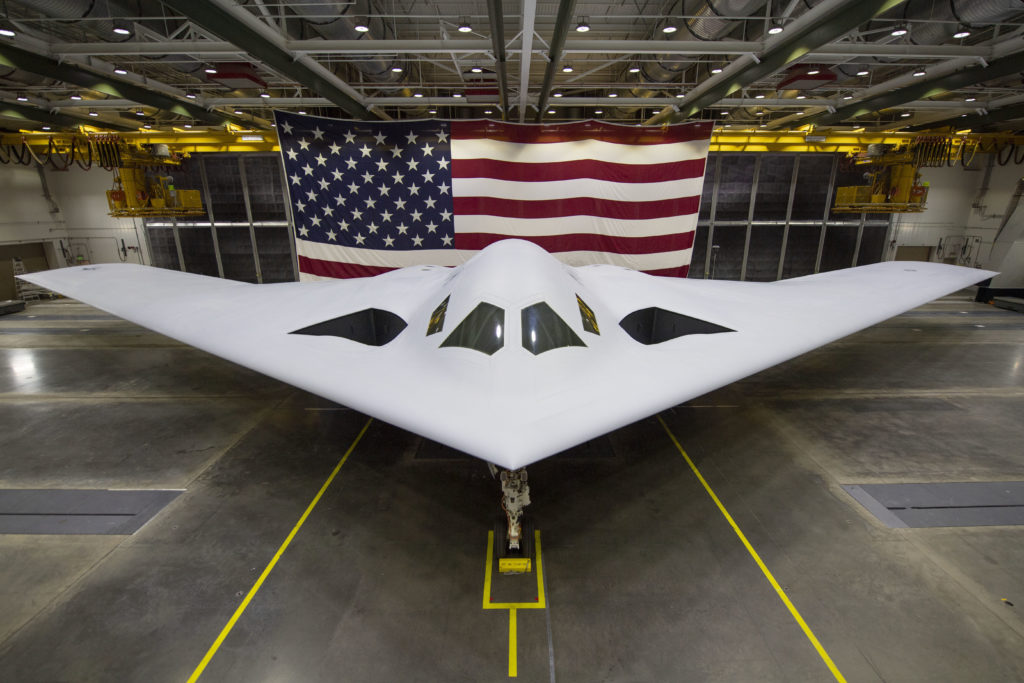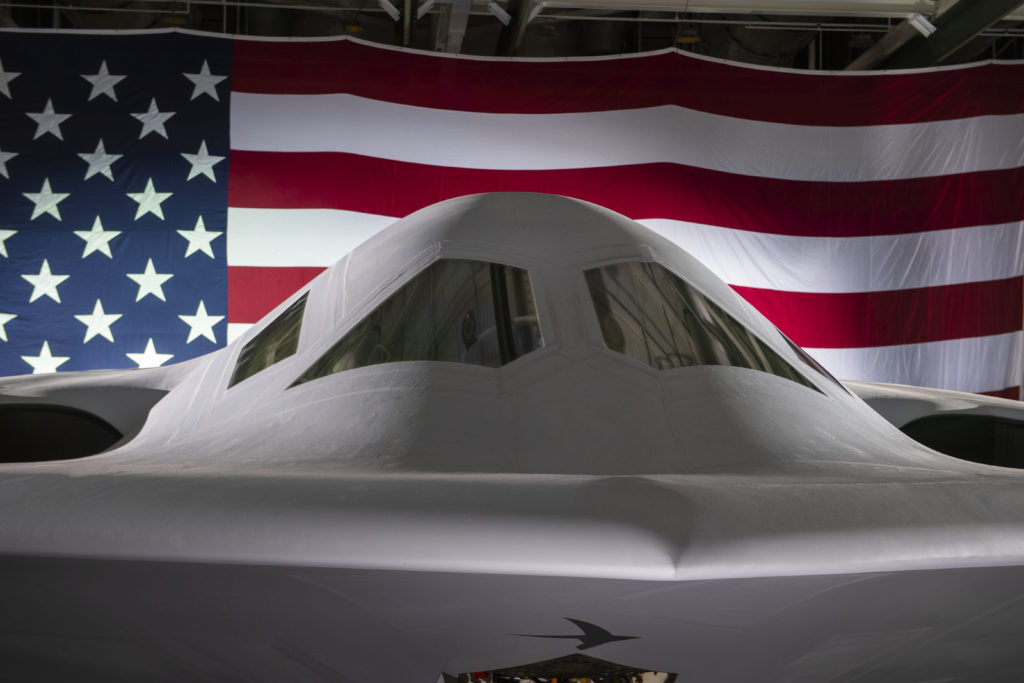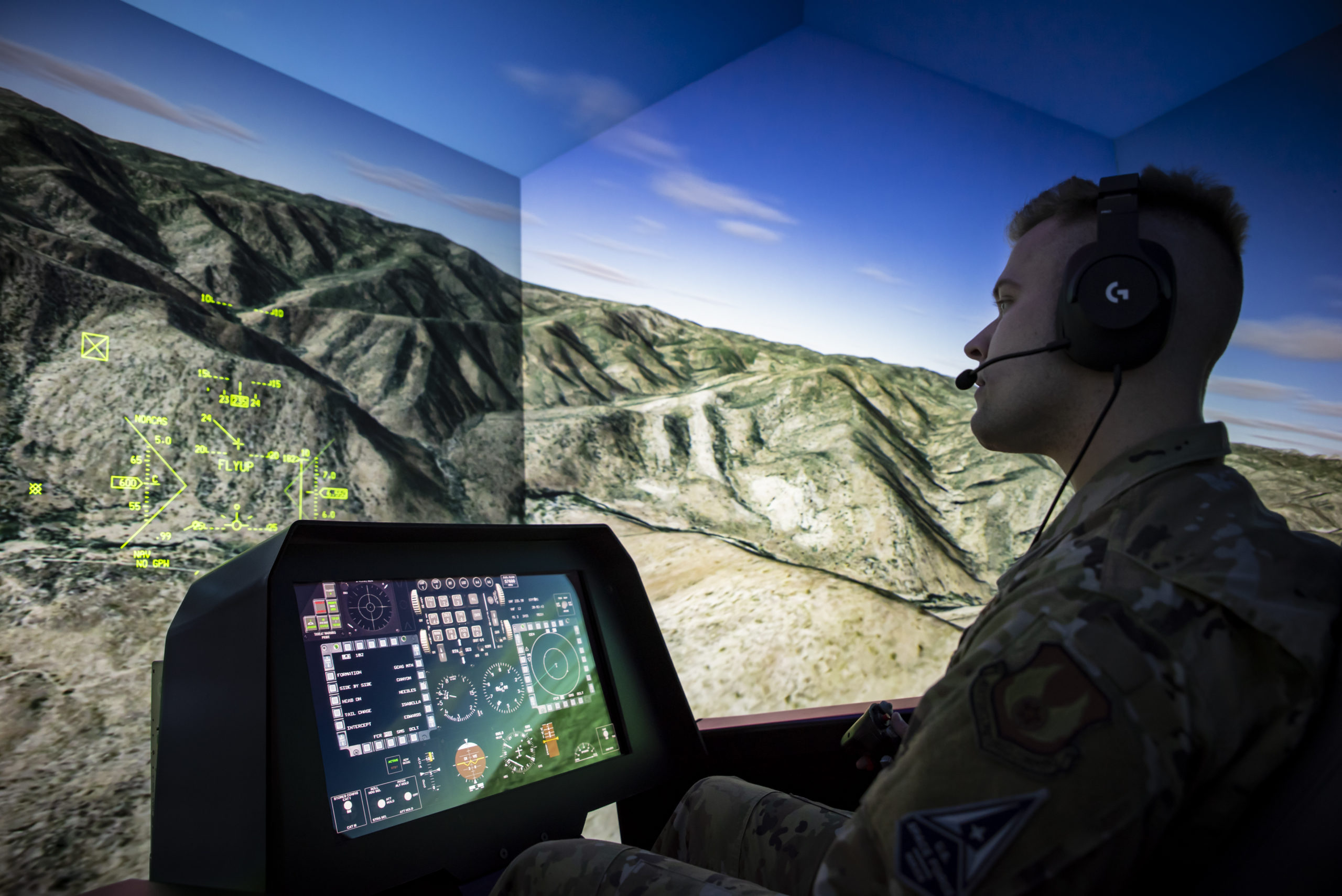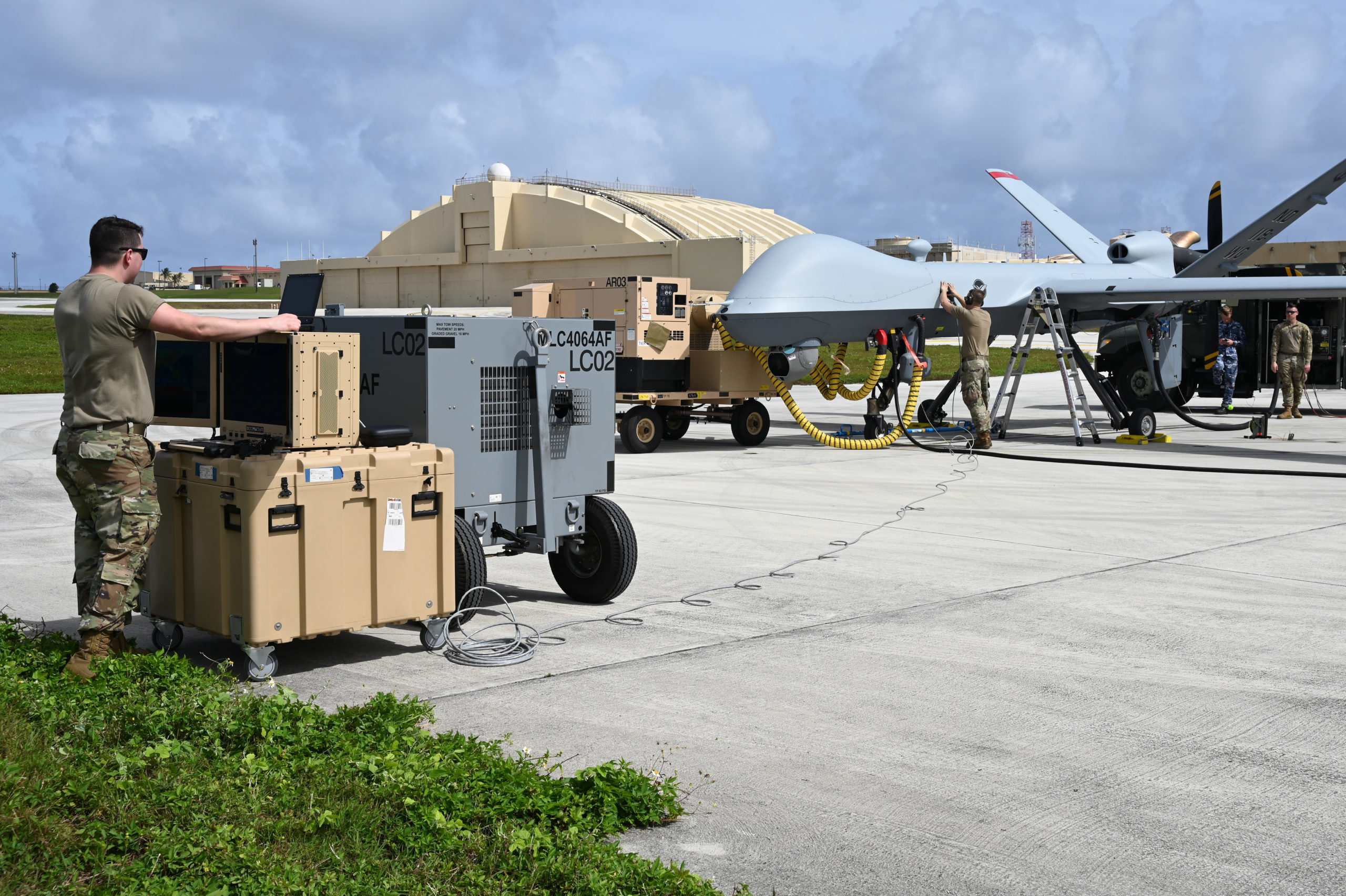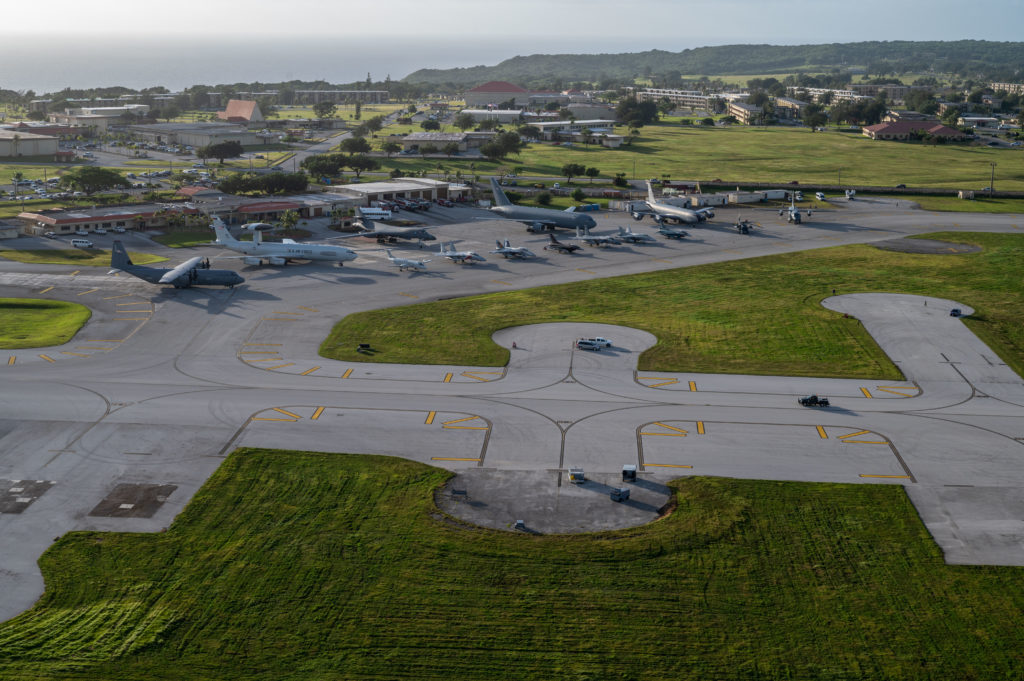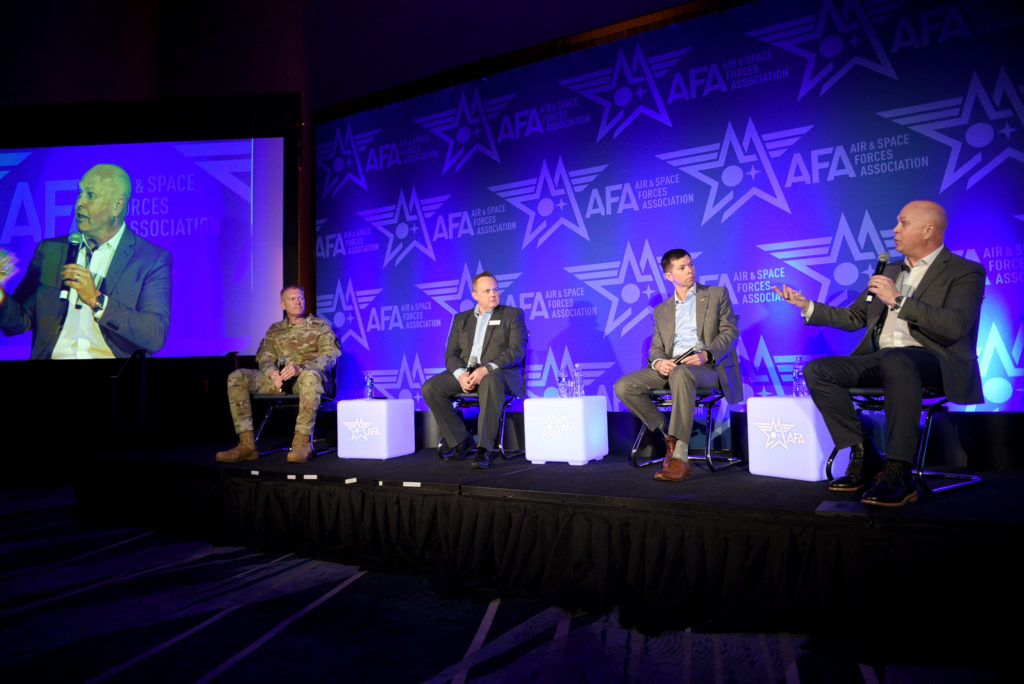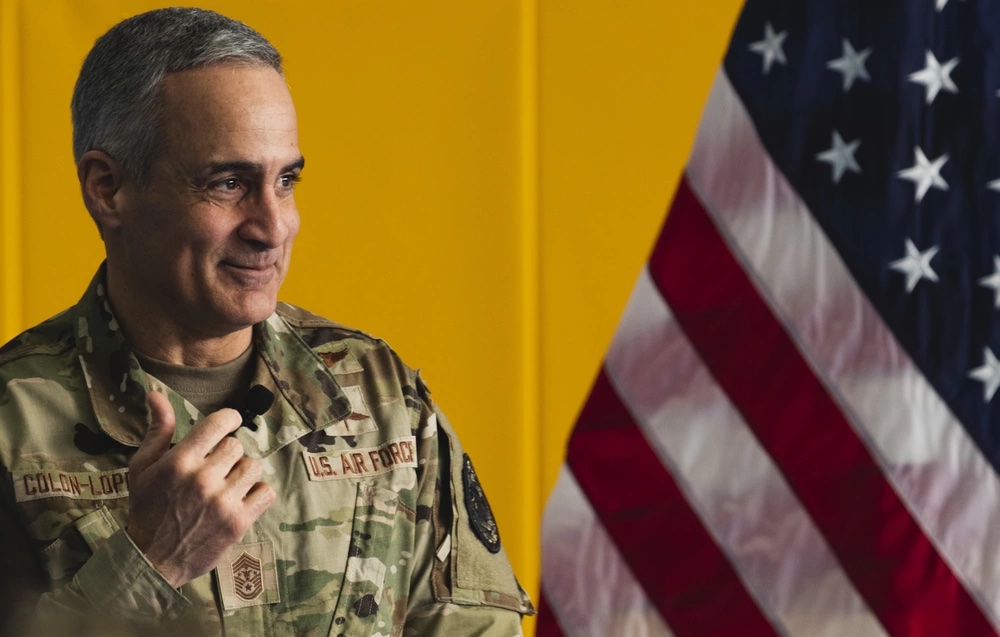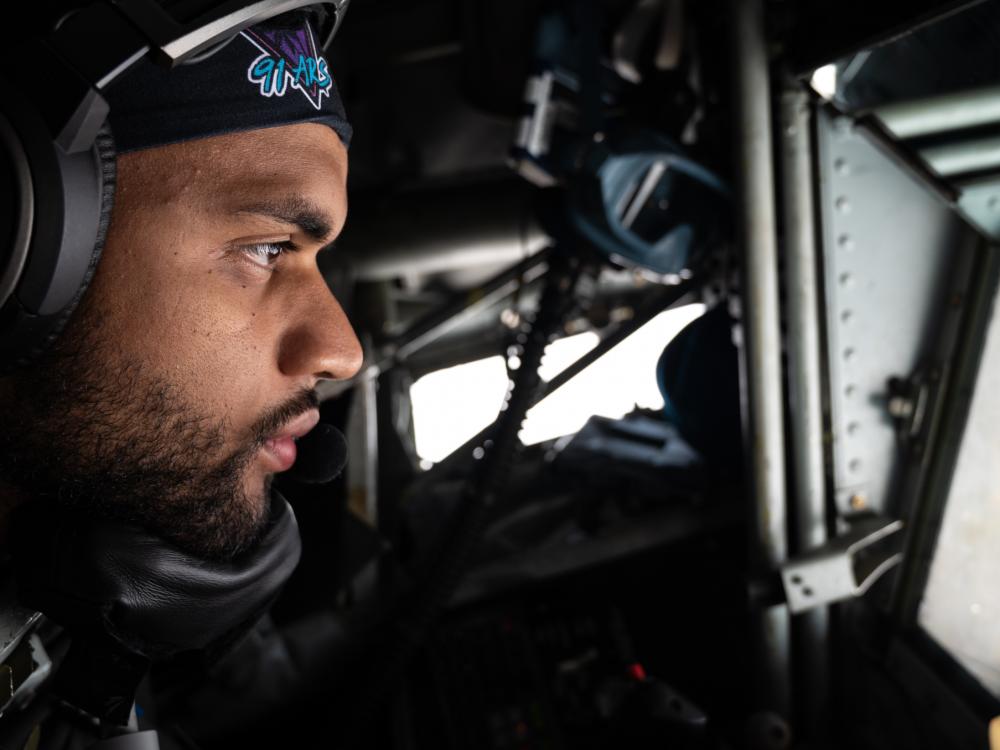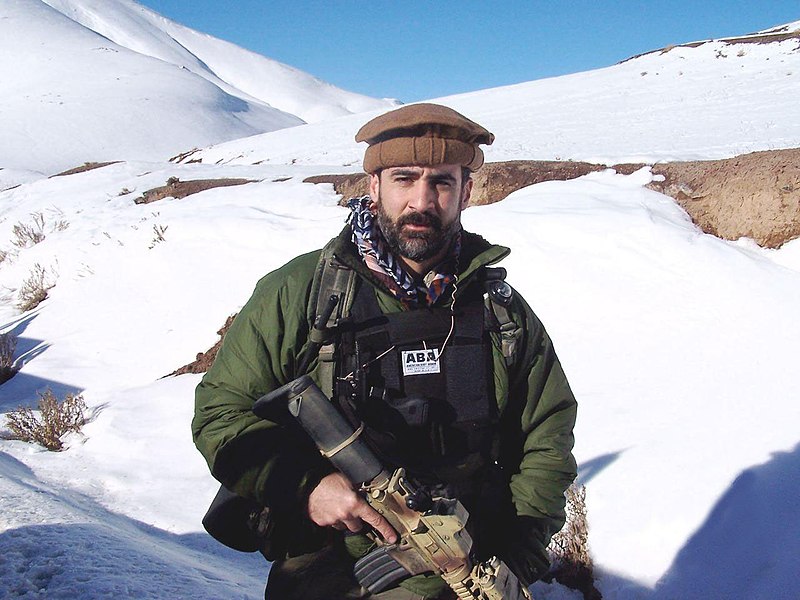Among the new aircraft programs the Air Force included in its fiscal 2024 budget request are uncrewed, autonomous wingmen for its fighters, a next-generation tanker program, a fast-as-possible replacement for its aged E-3 AWACS air battle management jets, and a new airborne command post.
The service is also continuing development of the Next-Generation Air Dominance (NGAD) fighter and adding 72 new in-production F-35s and F-15EXs. To pay for it all, USAF is looking to divest some 310 airplanes.
Air Force Secretary Frank Kendall told reporters the Collaborative Combat Aircraft program is a “major new start in this budget,” with $522 million in research, development, test and evaluation funding; a tenfold increase over the previous amount. At last week’s AFA Warfare Symposium in Aurora, Colo., Kendall revealed that the service is notionally pursuing 1,000 CCAs, to augment some 200 NGADs and 300 F-35s.
In a March 10 budget brief, Kendall said manned/unmanned teaming demonstrations thus far “convince us that this makes sense and [is] something we could achieve.” The CCA is intended as an autonomous flying wingman to crewed fighters, providing extra sensors, weapons, and “affordable mass” without demanding more pilots.
Production of CCAs is planned before the end of the decade, Kendall said, with initial operational capability projected to be roughly comparable to the NGAD fighter despite entering development later. The $522 million in the budget is “a pretty significant investment in the first year,” he added. The Pentagon did not provide out-year funding profiles with its March 13 budget announcement.
Kendall said he’s encouraged by self-funded work done by industry on CCAs.
“There’s been a lot of IRAD (Independent Research and Development money) spent since we started talking about this much more seriously,” he said, and the planning figure of 1,000 CCAs “I think, reinforces that,” and will encourage more industry investment, he added.
The CCA program will begin with a competition, Kendall explained, but there is no set timeline for when a winner will be determined. The CCA will also be “nominally one, but it could be more” than one type of uncrewed aircraft , Kendall said—he previously has said each manned fighter could have up to five CCAs, but at AWS said initial planning would be for two per fighter. In a separate budget briefing, acting Department of the Air Force undersecretary Kristyn E. Jones said two CCAs would be “a floor,” with more expected.
“How long we will carry multiples” of contractor designs “will depend on the affordability of that as we go forward,” Kendall said.
“This is a serious program,” Kendall added. “If you look out over our five-year [plan], it’s a multi-billion dollar program. And this is headed towards production and fielding; it’s structured to do that.” He said the “intent” is that CCAs will cost “a fraction of the cost of an F-35,” which have a unit cost of about $80 million. “We’ve got enough work behind us that we think that’s a very reasonable goal,” he said.
Andrew Hunter, Air Force acquisition executive, announced at the AWS conference that the Air Force is pursuing a Next-Generation Air refueling System (NGAS), which will get underway this year with an analysis of alternatives, which the Air Force funded with about $8 million in fiscal 2024.
The NGAS, still undefined, is expected to be a stealthy tanker able to operate and survive in contested airspace. Hunter and Kendall also said that the interim tanker buy after 179 KC-46s are delivered are also likely to be KC-46s, but only 75 of these next-increment of tankers are planned, versus the 150 originally expected. After the 179, Boeing could start delivering a somewhat upgraded KC-46 circa 2032.
Procurement
| Aircraft Type | # of Airframes |
| B-21 | Classified |
| E-11 | 1 |
| F-15EX | 24 |
| F-35 | 48 |
| KC-46 | 15 |
| MH-139 | 7 |
| TOTAL | At least 94 |
Although the Air Force only requested 43 F-35s in fiscal ’23, it is back to asking for 48 in FY’24. Together with its request for 24 F-15EXs, it reaches the goal of 72 new fighters in FY’24; a number USAF officials say is the minimum needed to keep the age of its fighter fleet from increasing to unsustainable levels. At 72 per year, the Air Force can hold its fighter fleet to an average age of about 29 years old.
The service would also buy 15 KC-46 tankers in fiscal ’24, seven MH-139 VIP/missile field support helicopters and one E-11 Battlefield Airborne Communications Node (BACN) aircraft.
One aircraft that did not get any procurement funding in the budget is the T-7 trainer, which has been delayed due to escape system issues. The Air Force has said deliveries, initially slated for 2024, will slip to 2026.
With E-3 AWACS aircraft availability rapidly declining due to parts shortages, the Air Force is moving to replace it as quickly as possible with the E-7A Wedgetail, also built by Boeing. The service asked $681 million for the E-7 in FY’24, up from $421 million a year ago. At the AWS conference, Kendall said the service looked at “accelerating” the E-7 but determined it is moving as fast as it can, with the first aircraft due to arrive for service circa 2027.
To replace its rapidly-obsolescing E-4B National Airborne Operations Center, the Air Force is asking for $889 million to develop a Survivable Airborne Operations Center, a significant bump from the $98 million it received for the effort in 2023.
The NGAD program is requested for $1.933 billion in RDT&E, up from $1.658 billion enacted for ’23. For F-35 RDT&E, the Air Force asks $1.372 billion in the new budget, in pursuit of Block 4 capabilities, up from $1.098 billion a year ago.
RDT&E for the new B-21 bomber declines somewhat, from $3.144 billion in 2023 to $2.984 billion in 2024, as that program begins its transition from development to production. Production funds for the Raider, from accompanying budget documents, were pegged at $1.617 billion, but quantities were not discussed, although Jones repeated previous comments that six aircraft are in various stages of production.
Elsewhere in the bomber fleet, the Air Force wants to boost B-52 modernization, with new engines and a radar upgrade. R&D increases for those efforts to $857 million requested for ’24, up some $134 million over last year.
Divestments
| Aircraft Type | # of Airframes |
|---|---|
| A-10 | 42 |
| A-29 | 3 |
| B-1 | 1 |
| C-130H | 2 |
| E-3 | 2 |
| E-8 | 3 |
| EC-130H | 2 |
| EC-130J | 4 |
| F-15C/D | 57 |
| F-22 | 32 |
| HH-60G | 37 |
| KC-10 | 24 |
| MQ-9 (Block 1) | 48 |
| RQ-4 | 1 |
| T-1 | 52 |
| TOTAL | 310 |
The Air Force is looking to divest 310 aircraft in fiscal 2024, according to Maj. Gen. Michael A. Greiner, deputy assistant secretary for budget and comptroller of the Air Force.
“Most of these are continuations from existing authorities” for divestiture granted to the Air Force by Congress last year, he said.
The 310 include 32 F-22 Block 20s, which Kendall noted “we asked for last year, and didn’t get.” Yet despite those planned divestments, the service is also asking for $726 million to develop capability upgrades for the fighter, versus the enacted 2023 figure of $560 million. Those upgrades are known to include an infrared search and track system, upgraded radar, the AIM-260 Joint Advanced Tactical Missile and other improvements to keep it relevant and credible in the air superiority role before the NGAD comes online, circa 2030.
In addition the F-22s, the Air Force also wants to retire its remaining 24 aerial refueling KC-10s; 57 F-15C/Ds fighters; 37 HH-60G Pave Hawk rescue helicopters; 48 MQ-9 Reaper Block 1s, and 52 T-1 trainers. Greiner said the Air Force wants to reduce the E-3 Sentry AWACS inventory to 18 aircraft, which means two more will leave the inventory this year.
If all the Air Force’s divestiture requests are honored by Congress, the ’24 budget will zero out the KC-10 tanker, E-8 Joint STARS, EC-130J Commando Solo and A-29 light attack aircraft inventories.
Aircraft Delivered in 2024
| Aircraft Type | # of Airframes |
|---|---|
| C-130J | 2 |
| E-11 | 1 |
| F-15EX | 10 |
| F-35A | 45 |
| HH-60W | 19 |
| KC-46 | 20 |
| MC-130J | 12 |
| MQ-9 (Block 5) | 10 |
| TOTAL | 119 |
